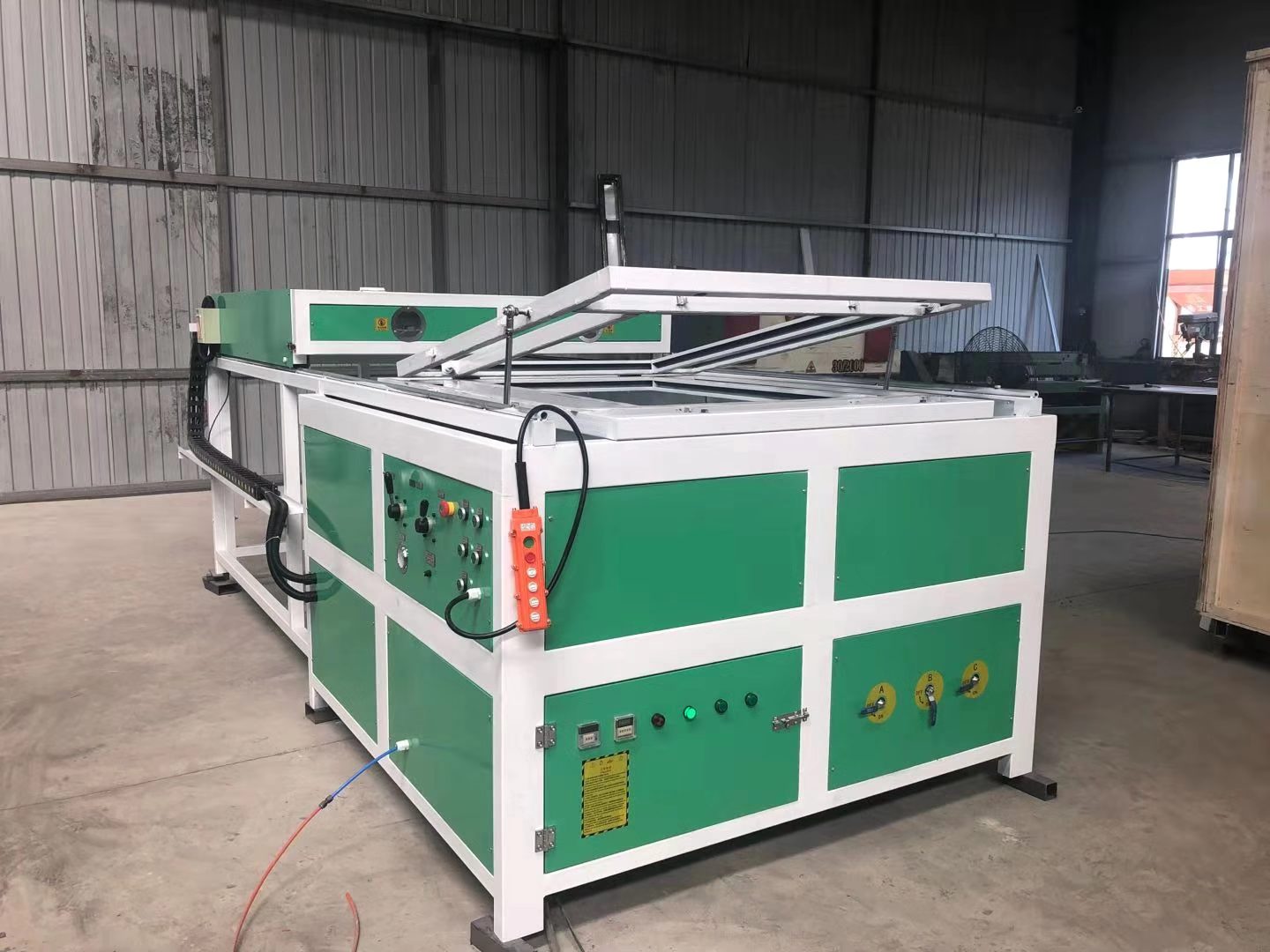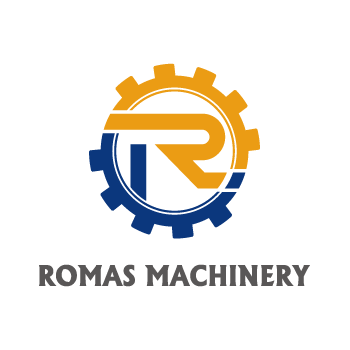Machines for vacuum and thermoforming are used to work with a range of materials, including metals and plastics. In the vacuum forming process, a heated plastic sheet is stretched over a mould. After vacuuming the plastic into the mould, a three-dimensional shape is produced. Similar to vacuum forming, thermoforming involves heating the plastic before stretching it over a mould. The plastic is then cooled and shaped by being hardened. The automotive and medical industries both employ vacuum forming and thermoforming equipment. Car parts including dashboards, door panels, and bumpers are produced in the automobile industry using vacuum forming and thermoforming machinery.
These tools are employed in the medical sector to produce orthotics and prostheses, among other medical devices. Machines for vacuum forming and thermoforming can work with a wide range of materials, including composites, metals, and polymers. The machines’ versatility in handling different thicknesses and shapes enables a wide range of applications. The machines are also built to withstand a range of temperatures, enabling the production of parts with various degrees of tensile strength and flexibility.

Machines for vacuum forming and thermoforming are made to be simple to operate and maintain. The devices’ user-friendly design makes for rapid and simple setup and operation. The equipment is also made to be low-maintenance, requiring little care and upkeep. Many industries depend heavily on vacuum forming and thermoforming equipment because it enables the production of a wide variety of parts and goods. The equipment can be quickly and easily set up and operated because it is made to be simple to use and maintain. A wide range of applications are made possible by the machines’ ability to work with a variety of materials.
Before operating vacuum forming machines please check on these precautions:
1. Verify the workspace for this machine is appropriate and secure.
2. Verify that all safety barriers are functional and in place.
3. Inspect the forming table’s overall condition.
4. Verify that all clamping setups are sufficient, secure, and properly adjusted.
5. Verify that all controls are in the appropriate places before turning on the power.
6. Before attempting to vacuum form an article, have your teacher check all adjustments, including as heat settings and air pressures.
7. Verify that no other students are present in the neighborhood.
Why choose us?
We(Romas) have more than 15 years of experience and we support OEM services and offer product customization based on client requests. We provide our clients with free technical support and post-purchase assistance. We produced high-quality goods.




